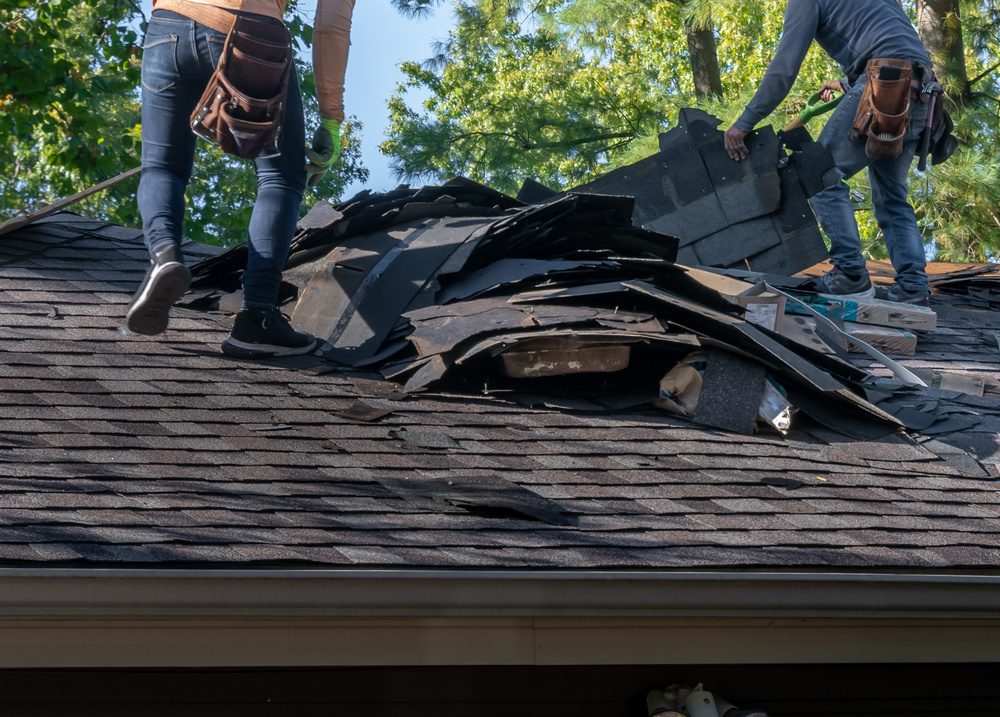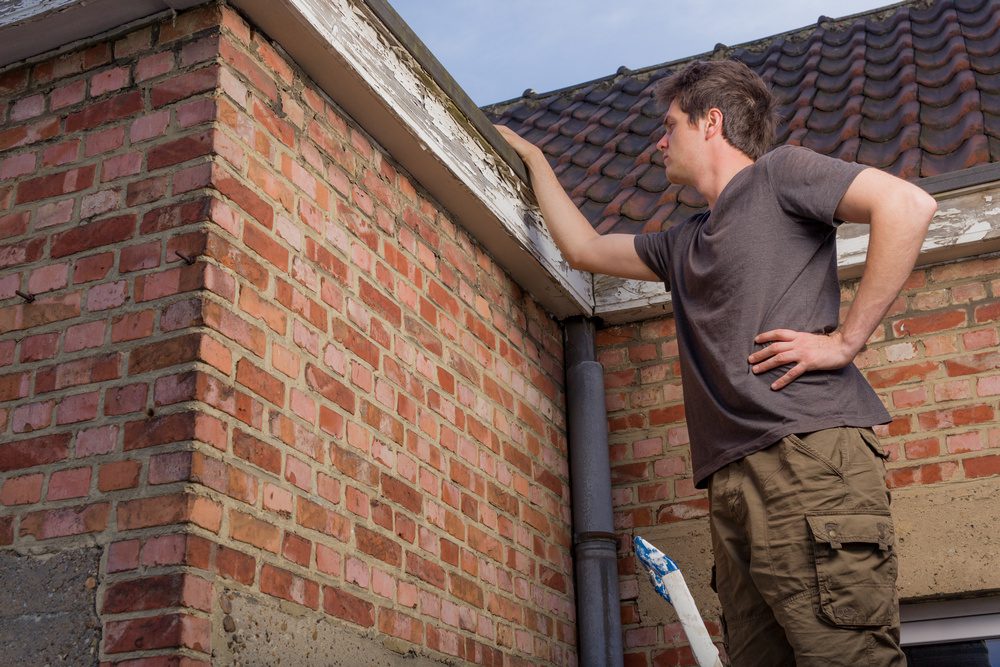Last Updated on October 30, 2025 by teamobn
Stormy weather is often the best time to curl up in a nice, warm bed. The howling winds are telling you to sleep it off as the pitter-patter of raindrops compose your lullaby. Chances are, the storm will pass in a couple of hours or after a few days, and you won’t even notice.
But to wise homeowners, stormy weather isn’t the time for all-day snuggles. In truth, torrential rain, gusty winds, even hail storms, and incessant snow are enough reasons for concern. Severe weather disturbances have the potential to put your home and your life at risk, so it’s a must to stay alert.
While you may feel some assurance that your roof can protect you from all these harsh conditions, there are instances when it can succumb to damage. An after-storm inspection is the best way to know its extent.
This is a necessary step to ensure that your roof retains its integrity despite all it’s been through. Knowing how to properly conduct an initial assessment allows you to spot issues early on and prevent costly repairs in the future.
Regular maintenance combined with thorough post-storm checks ensures complete care for your roof. For a comprehensive approach, refer to our seasonal roof maintenance guide to prepare your roof for rainy days and beyond.
Need For After-Storm Inspection
Severe weather can harm your roof in several ways. You can expect a certain degree of water, wind, hail, snow, and ice damage on your roof. Knowing how to spot these can help you determine if you can do repairs or if you’re better off with a professional roof contractor, like The Roof Troop, to restore it.
Steps For Rooftop Check
Inspecting your roof for storm damage is an essential task, but it’s one that you shouldn’t take lightly. It’s important to prioritize safety when doing rooftop checkups. Unless you have a leaky ceiling in the middle of the storm, it’s best to wait until the skies are clear to perform rooftop inspections.
Remember that your roof might still be wet from the strong rains, hail, or snow. Bad weather that goes on for days requires sufficient time before it turns all dry. Once the weather becomes more favorable, you can go ahead and do the following:
- Check Roof Vents
Roof vents deserve immediate attention, as they can affect air quality in your home. They’re directly connected to your home heating system. They help keep your home warm and comfortable.
Check if your roof vents appear warped or if they’re damaged in some way. Damage to your roof vents can lead to heat loss and can burden your HVAC. Once it’s compromised, you may need to contact heating and cooling professionals, such as Elevation Mechanical, to remedy the issue.
- Walk Around The Area
Even if the sky is already clear, don’t go up to your roof just yet. You can begin your roof inspection by merely observing the debris in your yard. Talk a walk around your property and see if you see any displaced shingles. These are tell-tale signs of storm damage and may require you to bring out a ladder and do a further assessment. If you don’t see any shingles, chances are your roof is as reliable as you think. But to make sure, you can use a pair of binoculars to check it. Look for shingles that appear loose, cracked, or broken.
In case you have a metal roof instead of tiles or shingles, try to locate any holes or dents. Don’t forget to look for signs of rusting and if there is evidence of the separation between metal panels.
If you have a flat roof, it’s best to take a ladder and check for any standing pools of water, tears, or dents. If you can’t get to the roof, it’s better to call a roofing expert to handle it.
- Assess Chimneys And Skylights
If the weather permits and you’re not afraid of heights, you can take a closer look at your rooftop. Start with the protruding parts, as they are more prone to damage than the rest of your roofing system. Check if the edges remain sealed, so water won’t seep in.
- Detect Debris In Gutters
Gutters allow rainwater to flow from your roof away from your property. They ensure your roof is safe from water or snow damage. However, strong winds and torrential rains can put leaves, branches, and other things inside your gutters. This can lead to clogging and rainwater pooling on your roof. Strong winds and hail can even leave dents on your gutters and may cause them to detach from the roof.
Hence, a roof inspection might require gutter cleaning too. It’s best to clean your gutters to allow stagnant rainwater to flow down and away from your property.
- Examine Attic And Ceiling
Missing shingles or holes on your roof are very dangerous because they serve as water entryways. If water reaches your roof’s underneath sheathing, this can cause further damage to your home.
A few days after the storm, look at your ceiling and check if there are any signs of discoloration. Yellow, brown, or copper streaks can indicate more severe damage.
- Watch Out For Signs Of Mold Growth
Aside from unsightly spots on your ceiling, you may begin to notice a musty smell in your interiors. This is a sign of mold growth, and it requires immediate solutions so that it won’t cause health complications to you or your family.
- Monitor Energy Consumption
Roof storm damage doesn’t end with leaking ceilings and moldy interiors since it can cause spikes in your energy bill as well. Water can damage your attic insulation and result in substantial heat loss in your home, making your HVAC work double time.
If you notice an increase in your energy consumption a few weeks or months after a storm, chances are your roof damage is more serious than you think. You may opt for another round of inspections or call roofing and heating specialists to address the problem.
After assessing the extent of the damage, it’s crucial to determine whether you should repair or replace your roof. Our detailed guide on when to replace vs repair your roof can help you make an informed decision to protect your home effectively.
Patching Up
Storms and other weather disturbances pose certain risks to your roofing system. They can destroy shingles, chimneys, skylights, gutters, and other external portions of your roof. Holes and cracks are more dangerous since water can affect insulation and other parts of your home.
As a homeowner, it’s good to know how to check your roof for storm damage. Your initial assessment will help you know the severity of the damage. It’s also helpful in determining when you need to call professional roofers to repair the damage and prevent further issues in the future.






